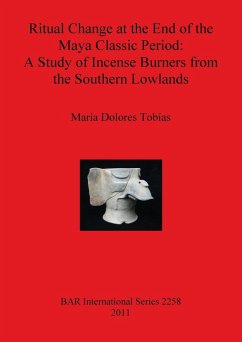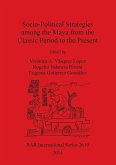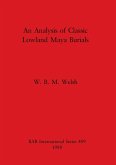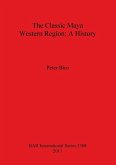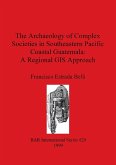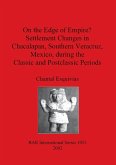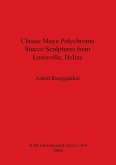This research aims to better understand Maya ritual practices associated with the burning of aromatic substances and the use of incense burners in the southern Maya lowlands during the Classic (A.D. 250 - 900) to Postclassic (A.D. 900 - A.D. 1200) transition. Incense burners are considered as important components of Maya ritual and religious paraphernalia through which communication with supernatural beings was enacted. Their forms and decoration were the products of specific principles of design and iconography that were commonly imbued with symbolic and religious meaning. The study involves an analysis of the form and decoration of these vessels as well as their contexts of recovery and use through time. The changes and continuities in the forms and decoration of incense burners, their contexts and their use sheds light into the continuation and/or innovation of ritual and religious ideas which are linked to broader social, economic and political factors in Maya society during the end of the Classic period. The study is based on a sample of incense burner materials excavated in Guatemala and from various museum collections.

